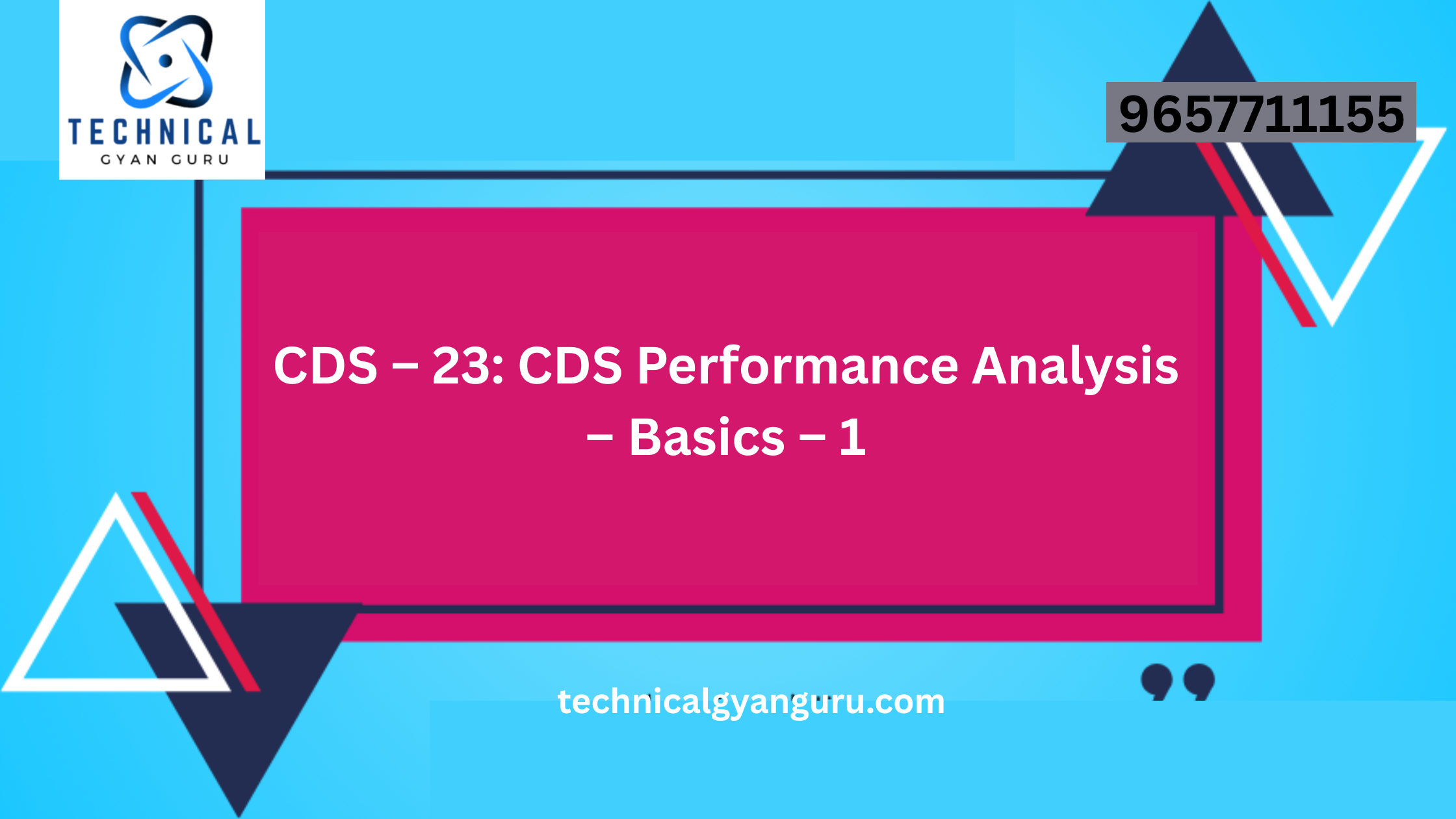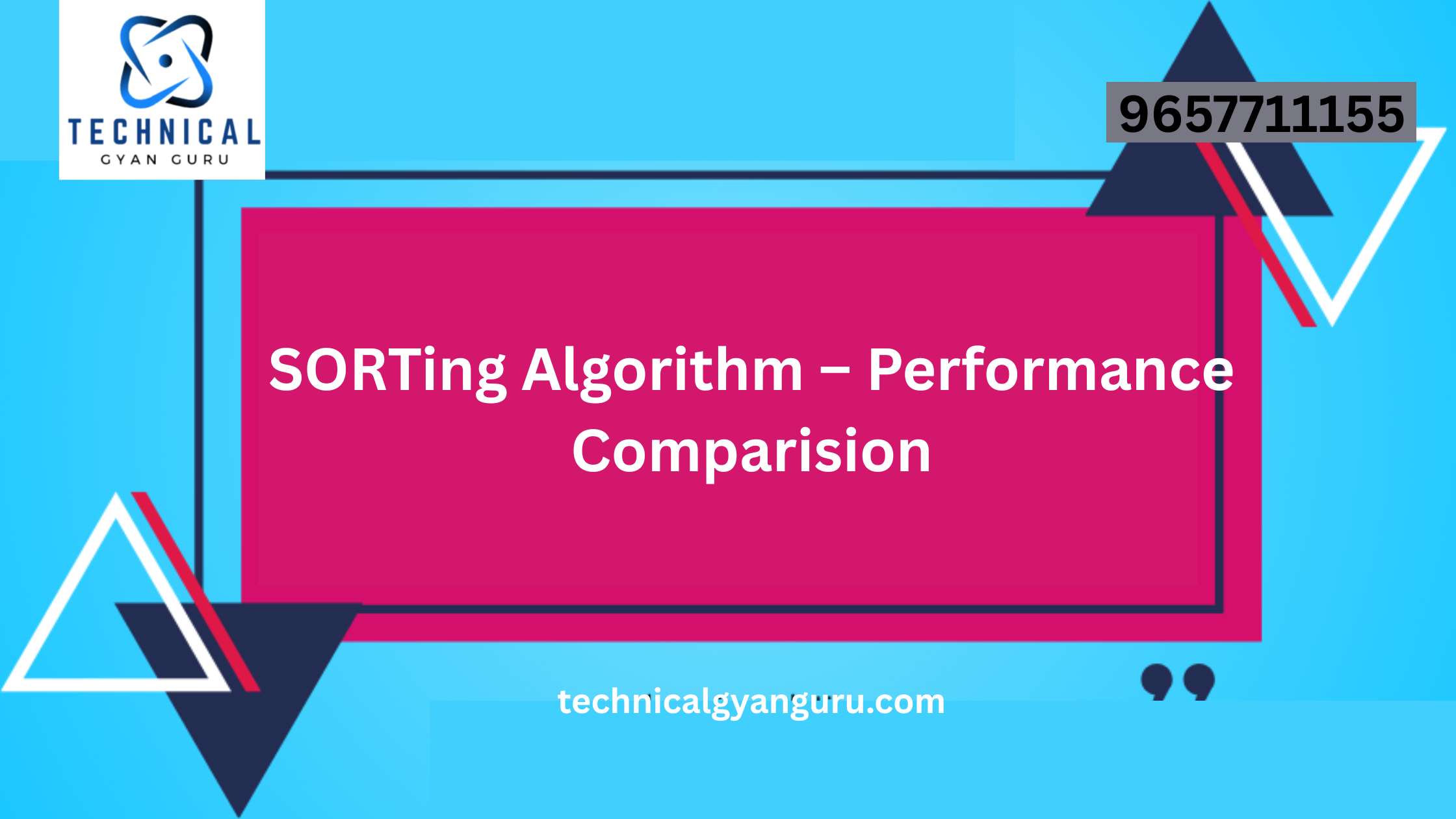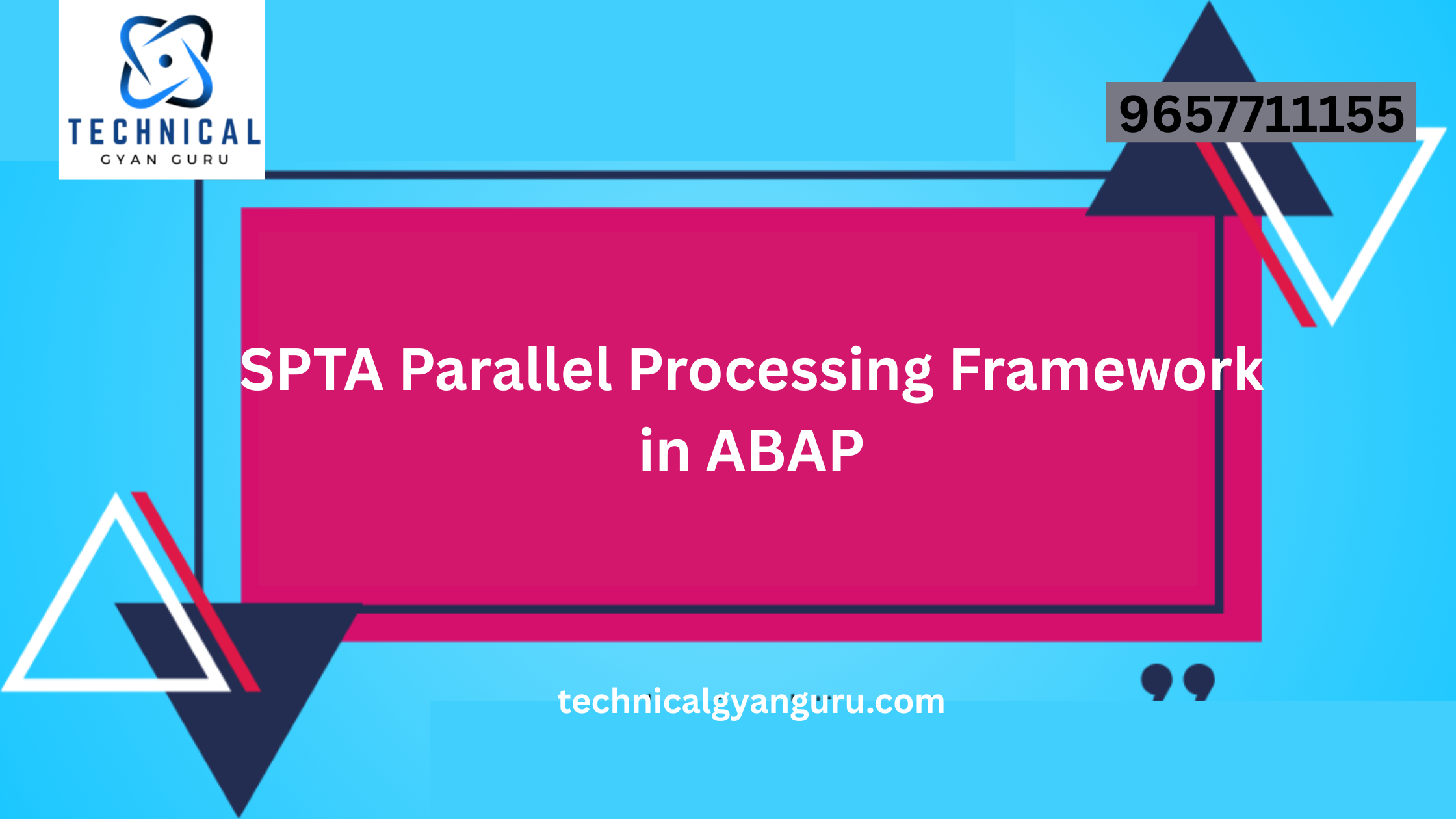Introduction: SAP Fiori, renowned for its user-centric design and seamless user experiences, is powered by the SAPUI5 framework. SAPUI5 is a comprehensive technology stack that underpins Fiori’s visual and interactive elements. Understanding the key concepts of SAPUI5 is essential for developers, designers, and business stakeholders to harness the full potential of SAP Fiori applications. In this blog, we’ll dive into the world of SAP Fiori UI5 concepts, uncovering its core components, principles, and how it contributes to crafting engaging user experiences.
SAP Fiori UI5 Concepts: The Building Blocks
SAPUI5 provides a robust foundation for creating responsive, feature-rich, and user-friendly web applications. Let’s explore some of the key concepts that form the bedrock of SAPUI5 and contribute to the success of Fiori applications.
1. Controls: The UI Building Blocks
Controls are the fundamental building blocks of SAPUI5 applications. They encompass user interface elements such as buttons, input fields, tables, and charts. These controls are reusable components that can be combined and customized to create rich and interactive user interfaces.
2. Model-View-Controller (MVC) Architecture: Separation of Concerns
SAPUI5 follows the MVC architectural pattern, which separates the application into three distinct components:
- Model: Represents the application’s data and business logic.
- View: Defines the user interface and how data is presented to users.
- Controller: Handles user interactions, triggers actions, and updates the model and view accordingly.
3. Data Binding: Connecting Model and View
Data binding is a powerful feature that establishes a link between the application’s data (model) and its user interface (view). Changes in the model are automatically reflected in the view, ensuring real-time updates and consistent data presentation.
4. Routing: Navigating Between Views
Routing enables navigation within a single-page application by defining different views and their associations with specific routes or URLs. This allows users to seamlessly move between different sections of an application without page reloads.
5. Fragments: Reusable UI Components
Fragments are reusable UI components that can be defined and reused across multiple views. They enhance modularity and reduce redundancy by encapsulating UI logic and controls that appear in different parts of the application.
6. Internationalization (i18n): Multi-Language Support
SAPUI5 supports internationalization by allowing applications to display content in different languages. This is achieved through resource bundles that contain translations for various languages, ensuring a global user base can interact effectively with the application.
7. Theming: Consistent Visual Identity
Theming allows developers to define and customize the visual appearance of Fiori applications. It ensures that the application adheres to brand guidelines while maintaining a consistent and appealing user experience.
8. Responsive Design: Cross-Device Compatibility
SAPUI5 applications are designed with responsive principles in mind. They automatically adapt to different screen sizes and devices, ensuring a consistent and optimal experience on desktops, tablets, and smartphones.
Conclusion
SAP Fiori’s exceptional user experiences are powered by the robust SAPUI5 framework. By understanding the key concepts of SAPUI5, developers and stakeholders can create Fiori applications that not only align with the principles of user-centric design but also leverage the technology’s capabilities to deliver seamless, efficient, and engaging experiences. As organizations continue to embrace SAP Fiori for its transformative impact, a solid grasp of SAPUI5 concepts becomes indispensable for successful application development and user engagement.








